Desde 12 de Março que estou na Nova Zelândia. O projeto que tinha o objetivo principal conhecer o papel de cefalópodes (o grupo de animais que reúne os polvos, os chocos…e as lulas; eu estou a estudar principalmente as lulas) no Oceano Antártico, usando os albatrozes como os nossos “amigos” para apanhar as lulas por nós.
Nestas semanas deu para aproveitar uma oportunidade única de saborear vários pratos de cozinha Maori num evento organizado pelo instituto. Deu para experimentar Puha, uma planta bastante saborosa, que se comeu com carne de porco, lombo de cabrito e carne de javali. Também tive a oportunidade única de testemunhar o nascimento das Borboletas Monarch (borboletas que têm uma vida de apenas uns dias/semanas) e claro, de jogar futebol (pois as ondas não têm estado boas). 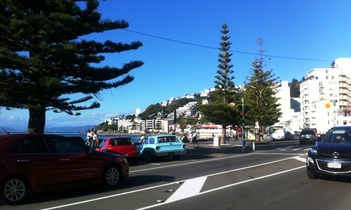 Ponto 3. São sempre necessárias várias reuniões com os nossos colaboradores para nos certificarmos que está tudo de acordo com o planeado e que tens tudo para regressar … o regresso envolve mais reuniões, pois a equipa de Portugal precisa de fazer um update de todo o trabalho que tem sido desenvolvido aquando da minha ausência (mesmo que estejamos sempre em contato por email). E uma coisa é garantida…o jetlag!!! When we are in our last week of a research trip or expedition, it is essential to focus on 3 main aspects: Acordo todos os dias às 7 da manhã. Se não tenho skype calls de trabalho (esta semanas tive 4, todas para a Europa), vejo emails até às 8. Pequeno almoço, agarrar na bicicleta e vou para o instituto. 20 minutos fantásticos ao longo da marginal de Wellington em direção a Greta Point…faz-se bem! Chegar ao escritório, mudar de roupa, cup of tea. 2 horas concentrado no laboratório a analisar amostras ou no escritório a escrever artigos/responder emails/reunions com os colegas Neozelandeses. Às Terça-feiras (se estiver bom tempo), os colegas vão jogar à bola à hora do almoço. Na verdade, os colegas tornam-se amigos quando se compartilha algo que dá prazer fazer conjuntamente. Qualquer Português, saiba jogar ou não futebol, é logo catalogado como Cristiano Ronaldo e toda a gente quer-te na sua equipa. Após o jogo, se estiver mesmo bom, vou dar um mergulho. Esta semana fui com o Henrik…estava bem gelada, sim senhor, mas soube muito bem….depois de sair da água. Voltar ao instituto totalmente molhado, duche, regresso ao lab/escritório, focar novamente no trabalho. Melhor hora para ser produtivo: a partir das 6 da tarde! Saio pouco antes das 8 da noite, pois a partir daí a minha chave electrónica deixa de funcionar. Isto quer dizer na prática, que tenho de sair a essa hora! Mais 20 minutos de bicicleta, mas num caminho diferente: grande subida (diria 10 minutos a subir!) e depois é puro prazer a descer a colina de regresso à cidade. Com isto está o exercício diário feito! Um detalhe: chegar a casa significa ter de subir 140 (cento e quarenta degraus) com a bicicleta às costas!!!! O engraçado é que a minha rua dizia “Avenue”. Na verdade, de avenida não tem nada, só mesmo (muitos) degraus! Comer qualquer coisa, ligar à Antena 1 para ouvir o comentário do Nicolau Santos (e com sorte ainda dá para apanhar o desporto)…bem há hora do jantar (pois aqui na Nova Zelândia são 12 horas de diferença)… Nesta semana, no meio desta rotina houve uma surpresa. Andando pelo corredor passo por um escritório que tem na parede uma foto espetacular de pessoas (potencialmente cientistas) junto de uma lula colossal Mesonychoteuthis hamiltoni que vive na Antártida. Ela é a maior lula do mundo, que pode chegar a mais de 20 metros de comprimento. Claro que tive de ir falar com o cientista que estava no escritório. Mark Fenwick foi um dos cientistas que tratou da lula colossal que está agora no Museu Te Papa de Wellington (a capital da Nova Zelândia)… adorei falar com ele e ter a experiência de viva voz de alguém que já teve o privilégio de ter uma lula colossal nas mãos. De momento, vou-me contentando com os bicos destas lulas que encontro nas dietas dos albatrozes que ando a estudar…bem, está na hora de pegar na bicicleta e voltar a casa… I wake up normally at 7am. I have usually a work skype call (just to give you an idea, I had 4 this week, as most collaborators live in Europe) or check emails. 8am: time to have breakfast, pick up my bike and go the institute. Lab or office work for 2 hours. Lunchtimes are usually working or football. If its hot, we might go for a swim. Shower, get back to work…usually until just before 8pm (as my office keys stop working then). Get on the bike again another 20 minutes of pleasure: go up a hill and then enjoy riding down the other side of the, towards Wellington. Turn on National Radio Antena 1, time for the Portuguese morning news while having dinner (as the time difference is 12 hours; NZ is ahead). This week it was special because I met Mark Fenwick, the scientist that helped to put the colossal squid in the New Zealand Museum Te Papa…noticed a poster on it in his office while passing by. Just brilliant man! Me, I am still happy with working with their beaks….found in the diets of top predators…hummm, time to get back on the bike;) Lembraste o que te levou a gostar logo daquela pequena capela em forma de castelo em Fornos de Algodres? Ou aquela 9 sinfonia de Dvorák? Ou aquela manta feita à mão pela Rita?
What leads you to enjoy even more seeing a nice chapel, listening to a classical music symphony or feeling the smoothness of a small blanket made by crochet? Sometimes is learning more about its context. More information about an amazing beautiful chapel that it was built in the Roman times, that the 9 Symphony of Dvorak was taken by Neil Amstrong on his trip to the Moon in 1969 and that the crochet blanket was made with so much love and care. Such context really makes us more fascinated of what surrounds us…. in my work is the same… |
BLOGS DAS CAMPANHAS
|
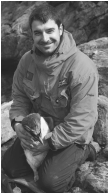
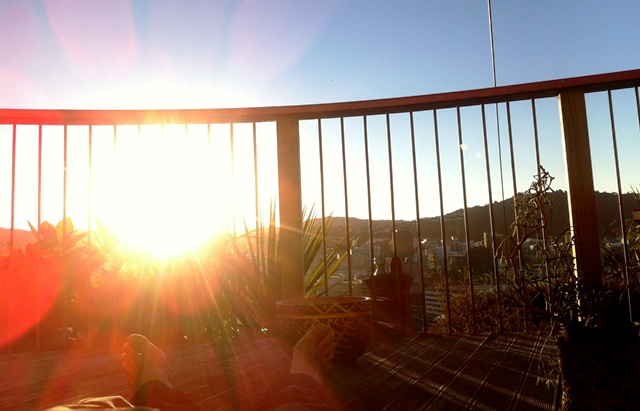
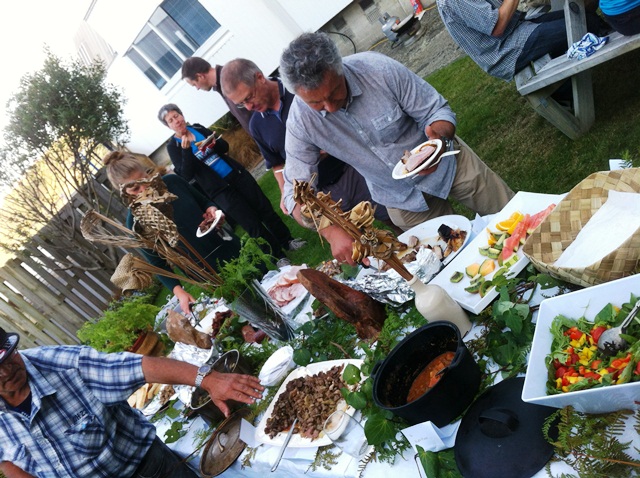
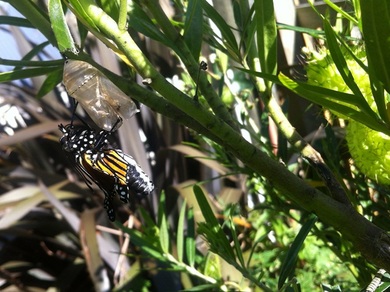
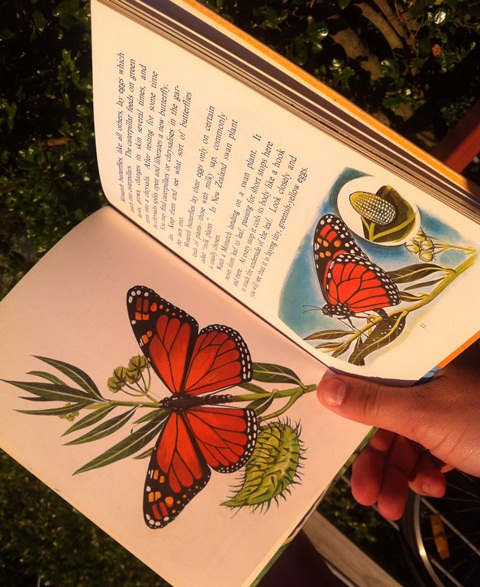
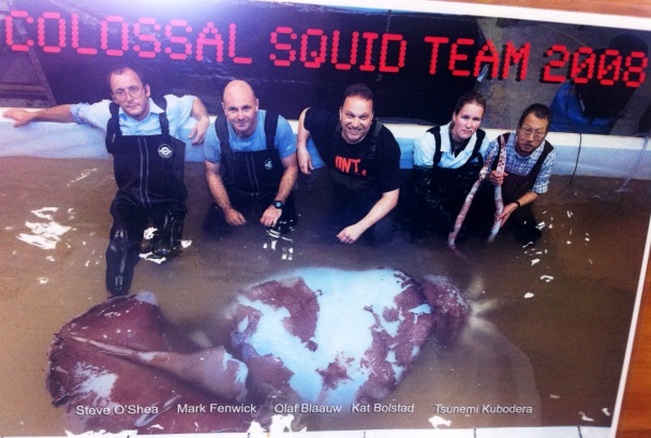
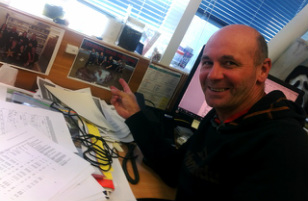
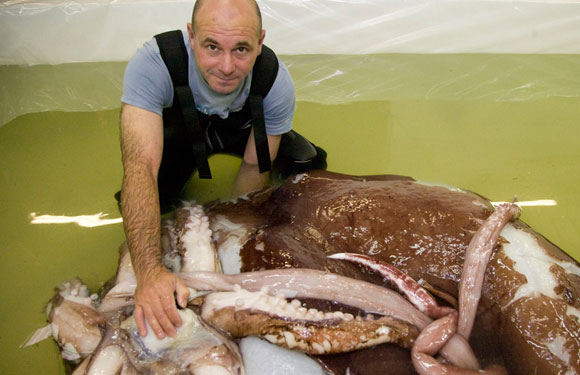
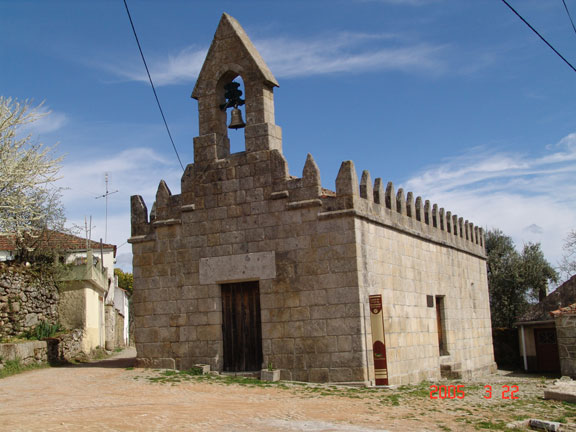
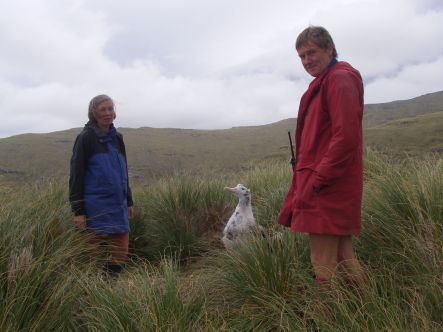
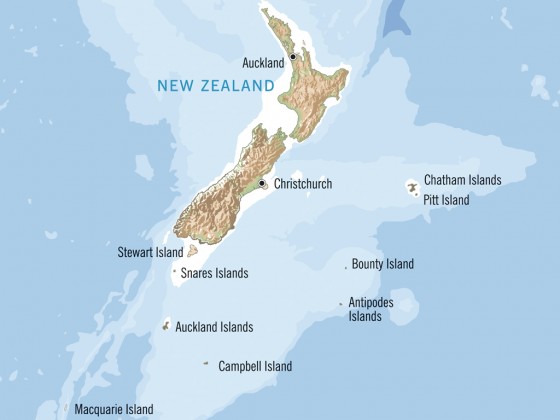

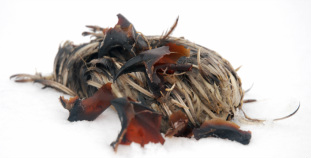
 Feed RSS
Feed RSS
